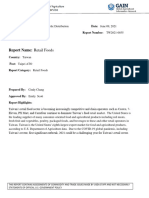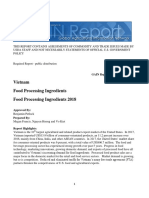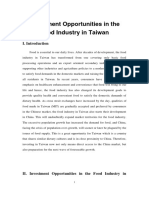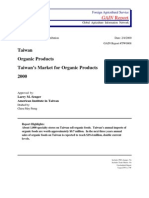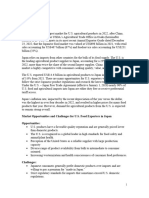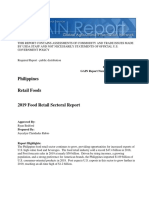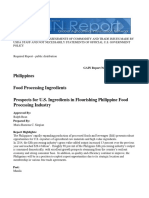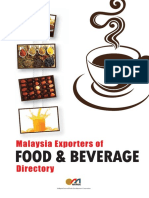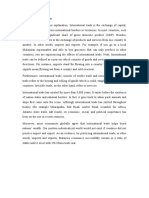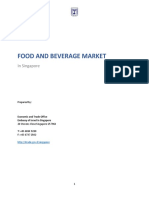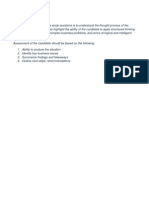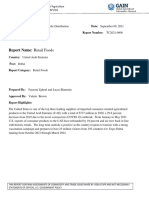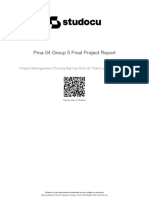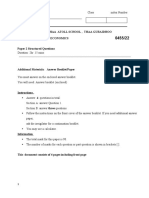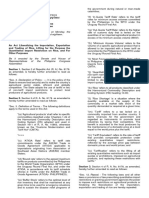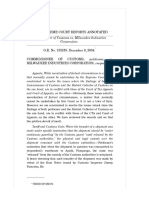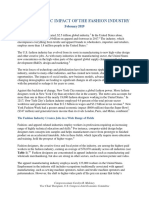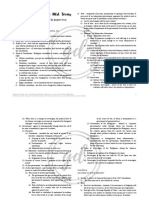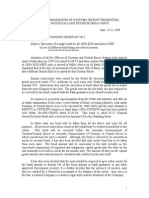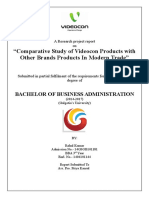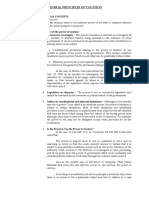0% found this document useful (0 votes)
14 views11 pagesExporter Guide - Taipei ATO - Taiwan - 12-5-2017
Taiwan is the seventh largest market for U.S. food and agricultural products, with imports totaling US$3.33 billion in 2016. The market offers growth potential for U.S. exporters, particularly in health-conscious consumer-oriented products. This report serves as a practical guide for U.S. food exporters, detailing market entry strategies, regulatory requirements, and trends in consumer preferences.
Uploaded by
Quynh Nguyen HuongCopyright
© © All Rights Reserved
We take content rights seriously. If you suspect this is your content, claim it here.
Available Formats
Download as PDF, TXT or read online on Scribd
0% found this document useful (0 votes)
14 views11 pagesExporter Guide - Taipei ATO - Taiwan - 12-5-2017
Taiwan is the seventh largest market for U.S. food and agricultural products, with imports totaling US$3.33 billion in 2016. The market offers growth potential for U.S. exporters, particularly in health-conscious consumer-oriented products. This report serves as a practical guide for U.S. food exporters, detailing market entry strategies, regulatory requirements, and trends in consumer preferences.
Uploaded by
Quynh Nguyen HuongCopyright
© © All Rights Reserved
We take content rights seriously. If you suspect this is your content, claim it here.
Available Formats
Download as PDF, TXT or read online on Scribd
/ 11

